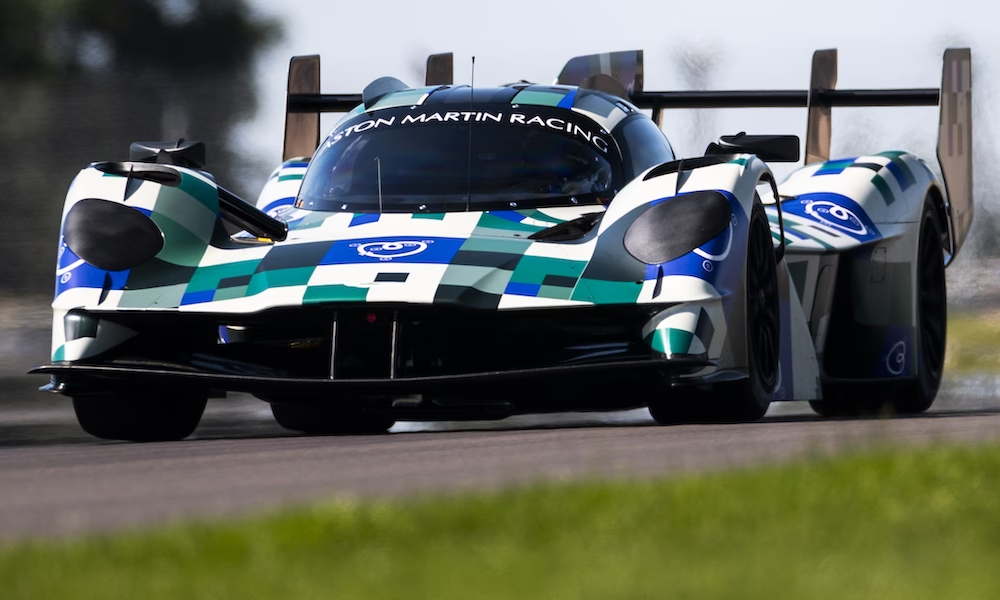Control systems are continuing to become more complex as their users – car manufacturers, race series and teams – demand increased tuning options. This makes the world of powertrain control a highly competitive arena involving some of the biggest names in racecar electronics.
One of those, Cosworth, is perhaps best-known for its engine manufacturing, headlined by its huge success in Formula 1 with the double four valve (DFV) from the 1960s to 1980s. The British company still makes engines, though much of that business has transitioned into high-performance road cars such as the V12 Aston Martin Valkyrie (it is also equipping the LMH version) and the V16 Bugatti Tourbillon. This month, the 257th and final V12 for the Valkyrie road car left Cosworth’s Northampton build shop.
Beyond engines, Cosworth is highly active in electronics and powertrain control. In 2018, it launched a new engine control unit, the Antares 8, and has this year expanded the range with two more models. It reflects a demand for advanced control strategies at multiple stages of the racing pyramid.
The Antares 4 and 6 look very similar to the 8, which is used in the British Touring Car Championship, Ford Puma Rally1 Hybrid, Super Formula Lights and the Aston Martin Valkyrie AMR-LMH, among others.
However, the three devices contain different attributes at different price points, to draw in new customers with different requirements.
‘Antares 8 was pitched as a high-end controller; with that comes an associated cost,’ says Rob Fisher, senior product manager at Cosworth. ‘It’s been very good for us, but that product doesn’t fit every application in motorsport. For some, it was too expensive.’
Before the Antares 8 arrived, Cosworth had a wider control unit range. There was the SQ6 and the SQ7Di, sitting beneath the MQ12Di which the Antares 8 went on to replace. But when the SQ products became obsolete after two decades of usage, a gap emerged in Cosworth’s lineup for more cost-conscious manufacturers and series.
‘We’ve taken what we’ve learned from the Antares 8 – all the same software and capabilities – but we’ve reduced the number of inputs and outputs [I/O] that have been tailored to these different engine configurations,’ explains Fisher. ‘The 4 being the…
Click Here to Read the Full Original Article at Racecar Engineering…

